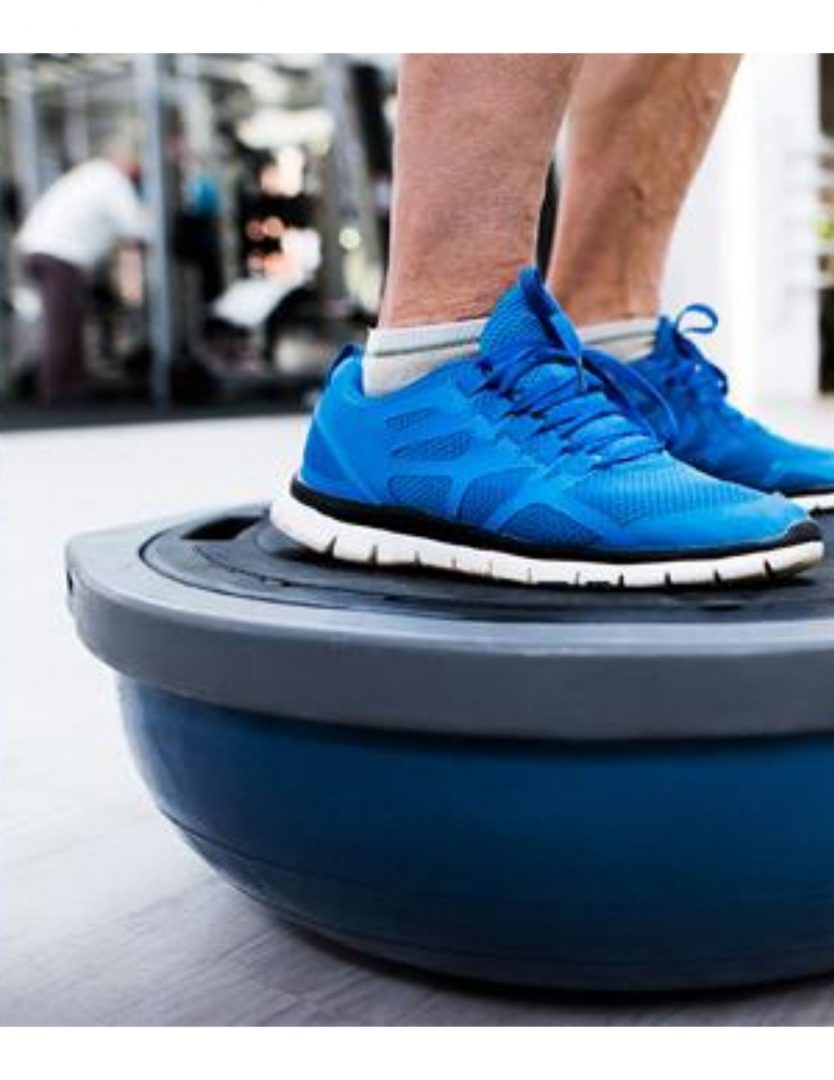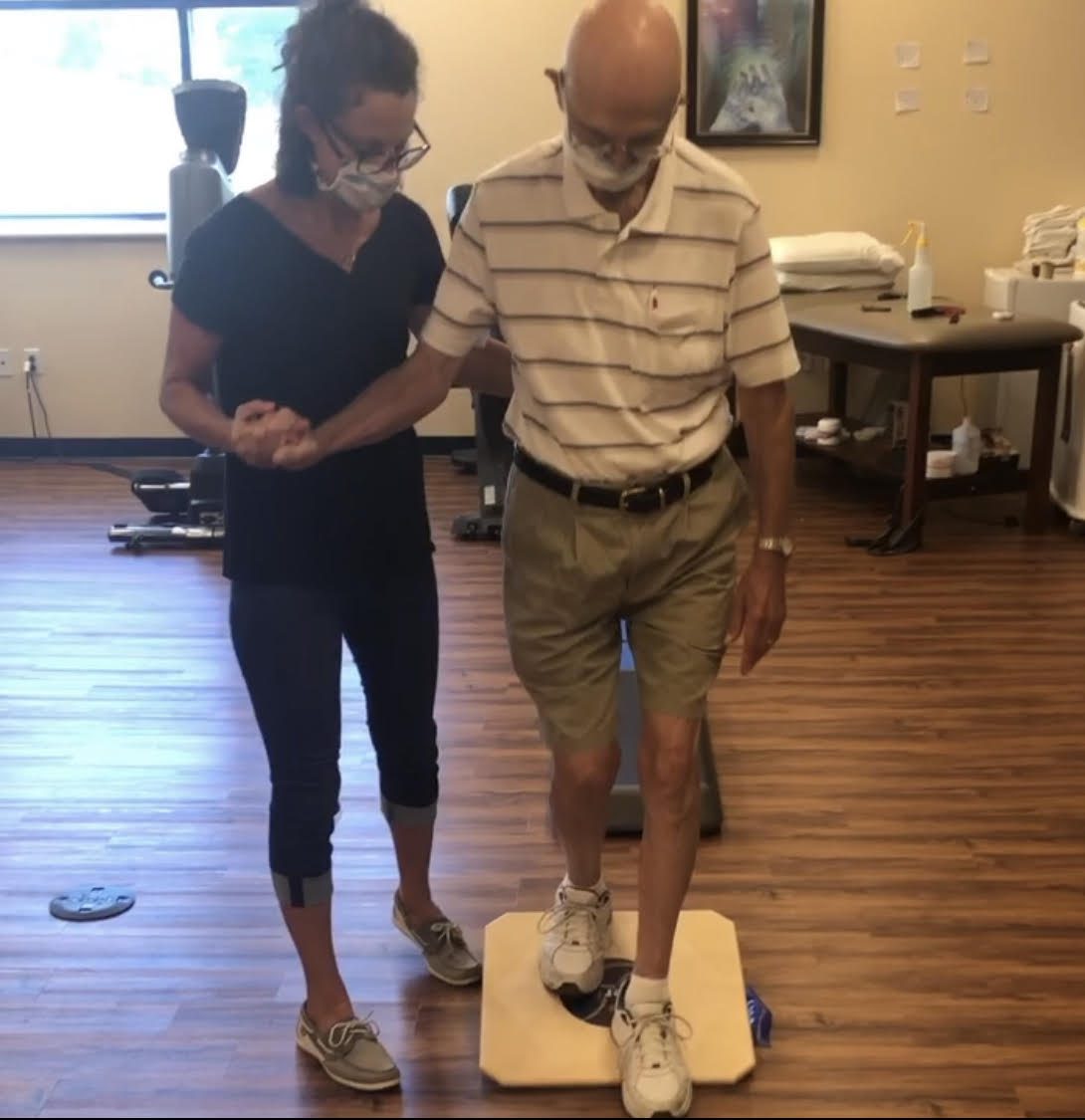
What is Vestibular Hypofunction?
The inner ear (vestibular system) is responsible for detecting change in head position and contributes to maintaining balance. A hypofunction of the vestibular system is an impairment or reduction in function of the inner ear.
Causes
- Chemotherapy treatment or prolonged steroid use (damages the hair cells in the inner ear)
- Viral or bacterial infection of the inner ear (labyrinthitis which affects the hearing portion of the inner ear or neuritis)
Symptoms
- Vertigo or dizziness with quick head movements or change in position
- Nausea/vomiting
- Imbalance that is often worse in the dark, crowded places (mall, grocery stores) or outside on uneven surfaces
- Blurred vision with head movement
- Often report that “my eyes are not catching up with my head”
Diagnosis
Your physical therapist will take a thorough history and perform an examination that includes the observation of eye movements with and without head movements. The inner ear controls how your eyes move in response to head movement. Eye movements are more closely observed using specialized infrared goggles that put the patient in the dark but allow the therapist to visualize the eye. Certain eye movements are not observable (or difficult to see with the naked eye) until fixation is blocked(you are put in the dark so the eyes are not able to focus on anything). A series of balance assessments are also performed as a part of the vestibular examination.
Treatment

An individualized treatment plan will be developed to address each patient’s functional goals and vestibular deficits. Examples of treatment include:
- Balance exercises to help increase inner ear function and/or use other systems to help compensate for current deficits
- Gaze stabilization exercises (Head movement exercises that require simultaneous visual focusing)
- Walking exercises on challenging surfaces, with busy environments, or with different head movements
- Extensive patient education including prescription of a home exercise program
What can vestibular therapy do for me?
The prescription of exercises to work on current deficits can improve the function of the vestibular system. A typical vestibular session lasts 45 min to 1 hour and occurs weekly but it is important for the patient to perform their HEP several times a day (typically, no longer than 15-20 minutes total). Each week, the therapist will progress patient exercises to continue to challenge the vestibular system to enhance recovery. On average, a patient will attend 3-5 sessions of vestibular therapy over several weeks until symptoms have diminished or resolved, fall risk decreased, and function improved. Schedule your appointment with our vestibular therapist today (currently accepting patients at our Penn Hills office).

